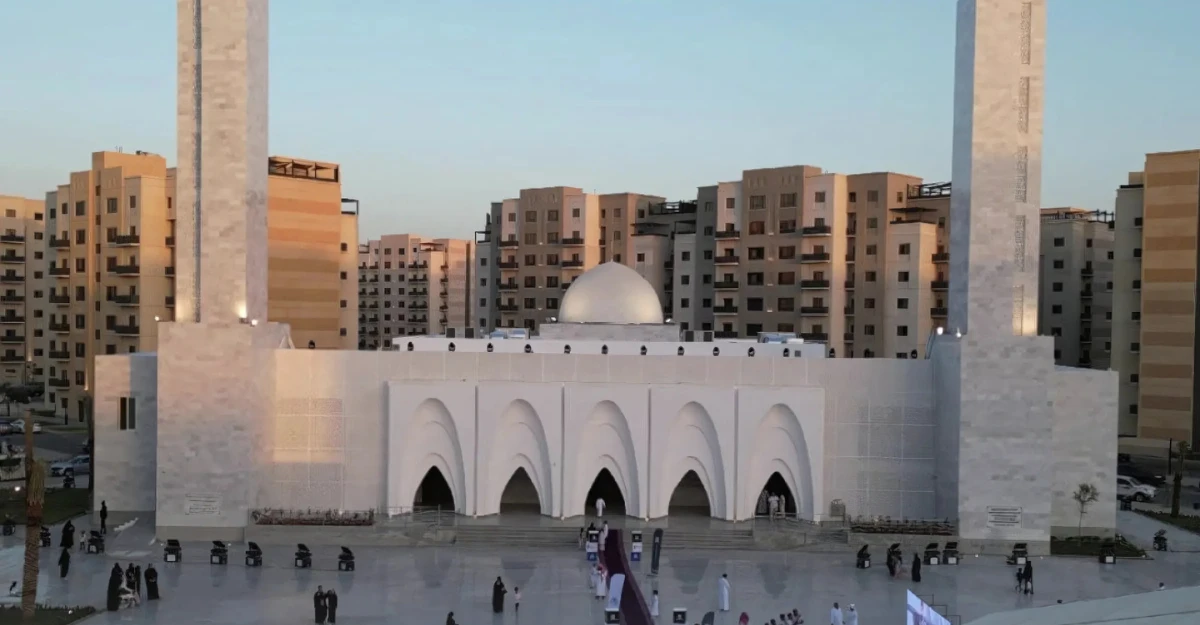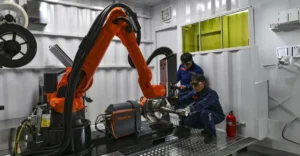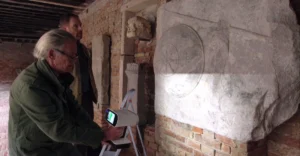Saudi Arabia reportedly used modified Chinese printers to secretly construct the world’s first 3D-printed mosque ahead of rivals.
A newly surfaced project appears to show Saudi Arabia has quietly beaten Dubai in the race to build the world’s first functional 3D-printed mosque – with leaked details suggesting some surprising technical choices behind the landmark structure.
Images circulating from construction sources reveal what looks to be the completed Abdulaziz Abdullah Sharbatly Mosque in Jeddah, reportedly printed using specialized concrete extrusion systems from Chinese firm Guanli. While official specifications remain unconfirmed, insider claims point to a massive 5,600 sq m structure that somehow came together nearly a year before Dubai’s competing project.
The leaked information suggests the mosque’s circular layout wasn’t just an aesthetic choice – sources claim the curved walls actually proved easier to print than traditional angular designs. One unverified report mentions the printers worked continuously for months, layering the distinctive coral-inspired texture that nods to Jeddah’s historic architecture.

Interestingly, the leaks contradict earlier rumors that Saudi Arabia would partner with European 3D-printing firms. Instead, the project apparently relied on modified Guanli industrial printers, though exact model numbers remain unclear. Some observers note the Chinese equipment may have been crucial in meeting the aggressive construction timeline.
While the mosque officially opened in March 2024, questions linger about its true printing duration. One anonymous Reddit poster claiming to be involved with the project suggests the structural printing alone took just 6 months – an astonishing pace if accurate. However, without official confirmation from the National Housing Co., these figures remain speculative.
The leaks also hint at technical challenges, including Saudi Arabia’s extreme heat potentially affecting the printing compound. Some close-up images show what might be reinforcement patterns in the walls, possibly added to compensate for material weaknesses. Architectural forums are already debating whether these visible lines represent intentional design choices or necessary structural adaptations.
Also read: Open-Source FLUID Robot Simplifies Materials Synthesis
As with any leak, verification remains difficult. But if even half these details prove accurate, Saudi Arabia’s 3D-printing achievement could rewrite expectations for construction technology in extreme climates. With Dubai’s rival project still in development, this accidental reveal positions Saudi Arabia as the unexpected leader in architectural-scale 3D printing.
































